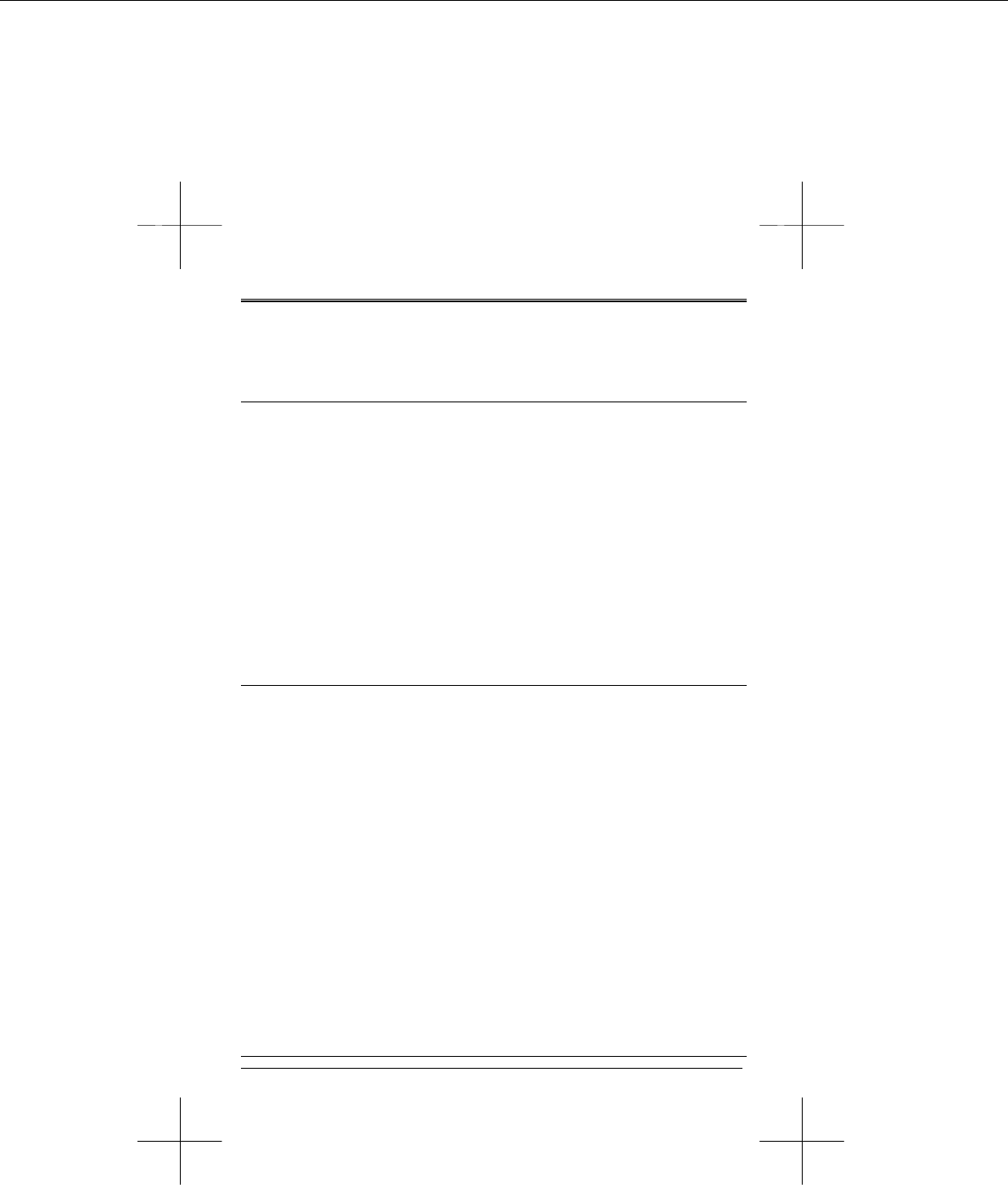
Page: 9
Chapter 2
Modem Fundamentals
This chapter provides a brief overview of how modems work.
2.1 Modem Basics
Modems let computers communicate with other computers using
normal telephone lines or leased lines. Your modem sends
communications by modulating (converting) data into sound waves
that a telephone can transmit and another modem can receive.
Your modem receives communications by demodulating sound
waves from the telephone into data your computer can recognize.
The term modem is an abbreviated way of describing this
modulation/demodulation process.
In addition to converting data to sound, a modem performs
functions such as dialing, answering calls, and adjusting settings
for local telephone conditions. Commands must be issued to the
modem to control these functions and settings.
2.2 Data Format
In asynchronous serial communications, data bytes are
disassembled into individual bits and then transmitted bit by bit
along with interval bits and checksum bits, in the order of start bit,
data bits, parity, stop bits, and so on.
The interval bits, start bit, and stop bit, signal to the receiving party
the beginning and end of a byte. The checksum bit and parity allow
the receiving party to check the accuracy of the received data.
The pattern in which a byte is disassembled is called the data
format. Modems at both ends of a link should use the same data
format. Otherwise, the data may be misinterpreted and appear
garbled.
The most commonly used data formats include the following types.
Before you dial a bulletin board or connect on-line with any remote
modem, make sure your modem supports the required data format,
your software can specify the required data format, and that you
have specified the correct data format.
Start Bit Data Bits Parity Stop Bit Total


















